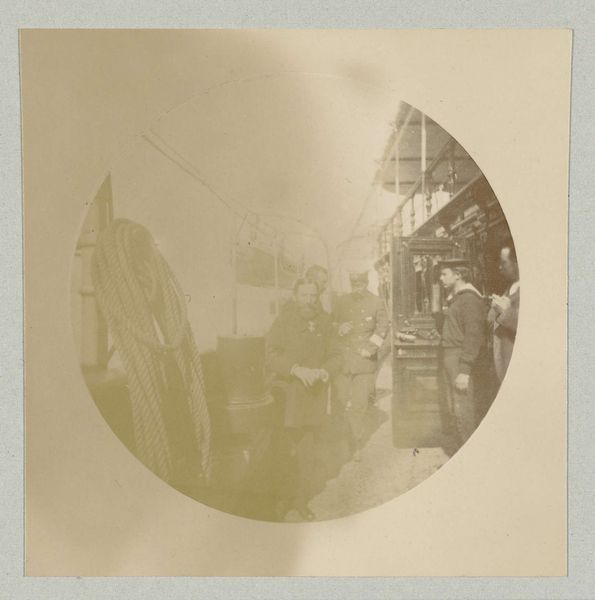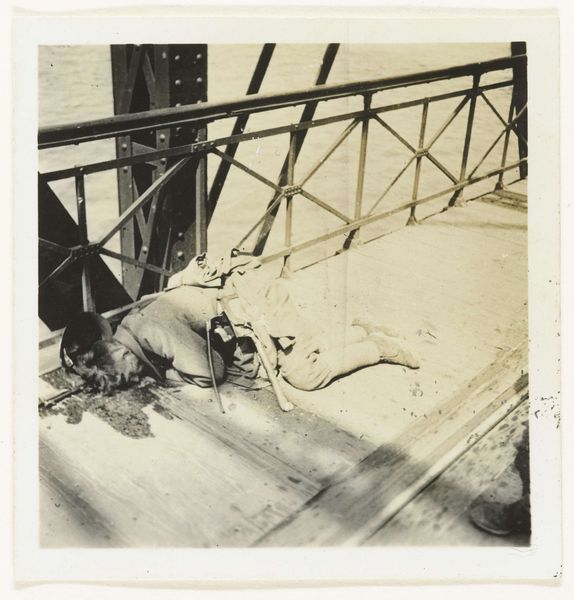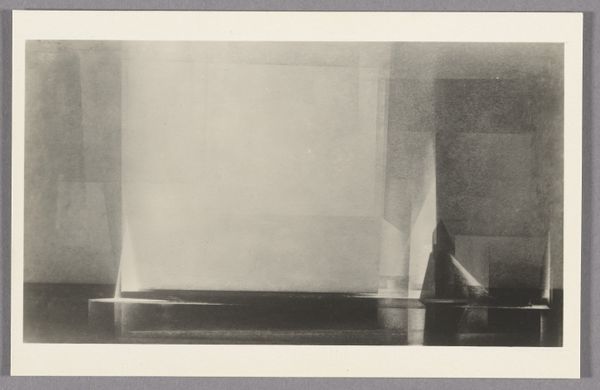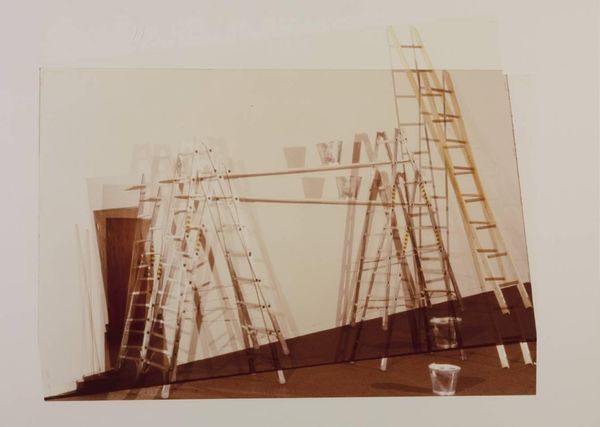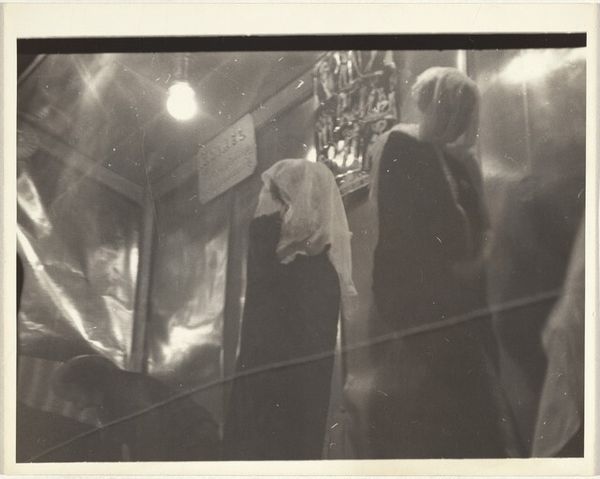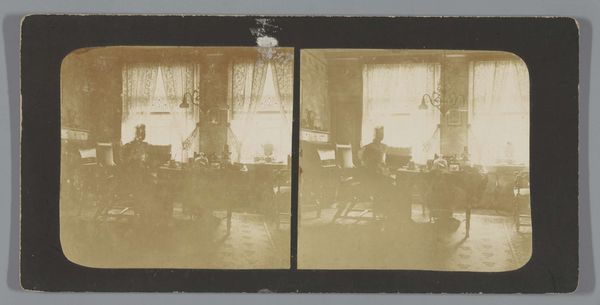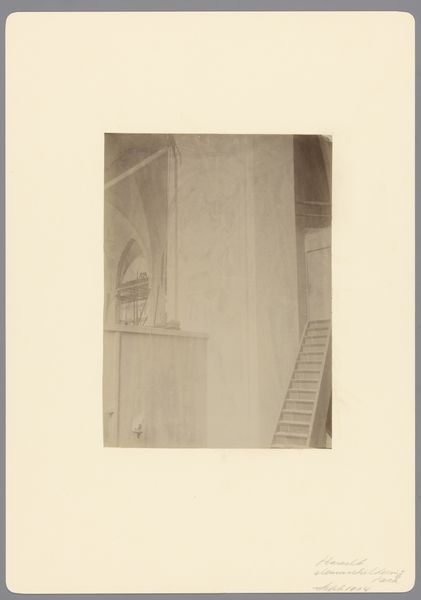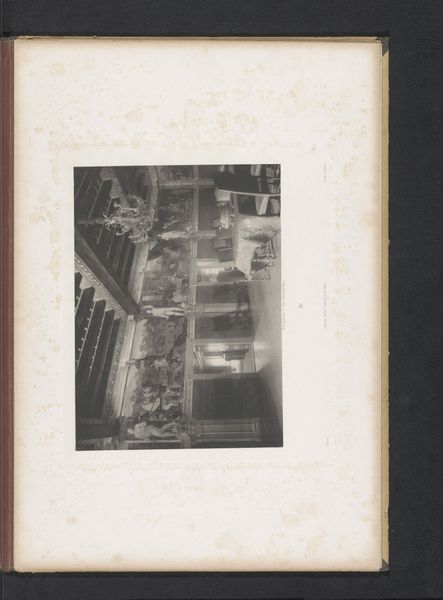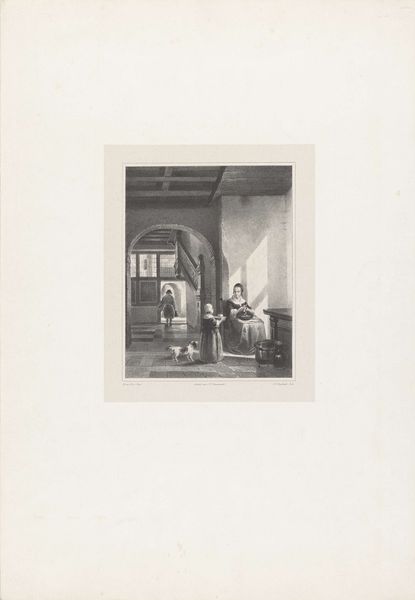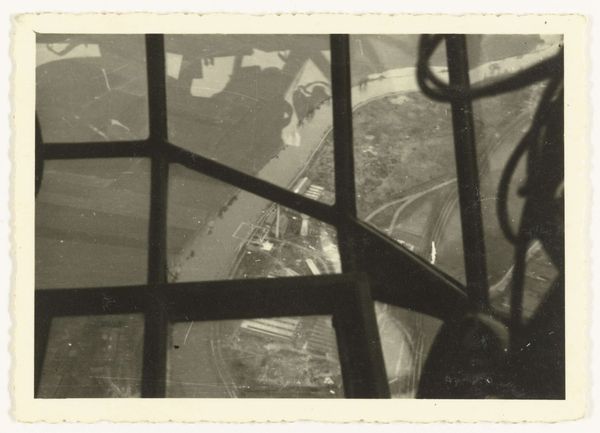
photography, gelatin-silver-print
#
impressionism
#
landscape
#
photography
#
gelatin-silver-print
#
cityscape
Dimensions: height 72 mm, width 72 mm, height 314 mm, width 450 mm
Copyright: Rijks Museum: Open Domain
Editor: Here we have Paul Güssfeldt's gelatin-silver print from 1889, “Sailors Stand at the Railing of a Ship." The sepia tones give it such a nostalgic feel, almost dreamlike. What can you tell me about this piece? Curator: It's interesting to consider this image in the context of 19th-century photography. The medium was still quite new, still finding its place, its social purpose. How might the photographic process itself – the choice of a gelatin-silver print, the printing and development methods of the time – influence how we perceive these sailors? Editor: I hadn’t thought of it that way. The choice of gelatin-silver really cements this nostalgic feeling. The uniformity of the sailors themselves, standing on the boat, the composition itself. Curator: Exactly! There’s an emphasis on anonymity and conformity here, right? We have these figures lined up, performing what looks like a very routine task, on a ship likely owned or contracted by the state. Doesn't the image invite us to ponder the public role these sailors were serving, especially in an age of expanding naval power and global trade? And what about the cityscape in the background, just barely visible? Editor: Yes, there’s something almost performative about the image. Were photographs like these sometimes used as propaganda or recruitment tools? Curator: That’s definitely plausible. The circulation of such imagery, displayed in public spaces or reproduced in printed materials, could shape public opinion, bolstering support for maritime activities and the role of sailors. And look closely, what's captured and what’s omitted? The artist makes visual decisions that also help communicate to a viewer. Editor: Fascinating! Thinking about this work through a historical lens has totally shifted my understanding of its meaning. Thanks for the insight! Curator: Indeed! It is important to remember that an artwork can reflect on many different values based on the specific historic point.
Comments
No comments
Be the first to comment and join the conversation on the ultimate creative platform.


